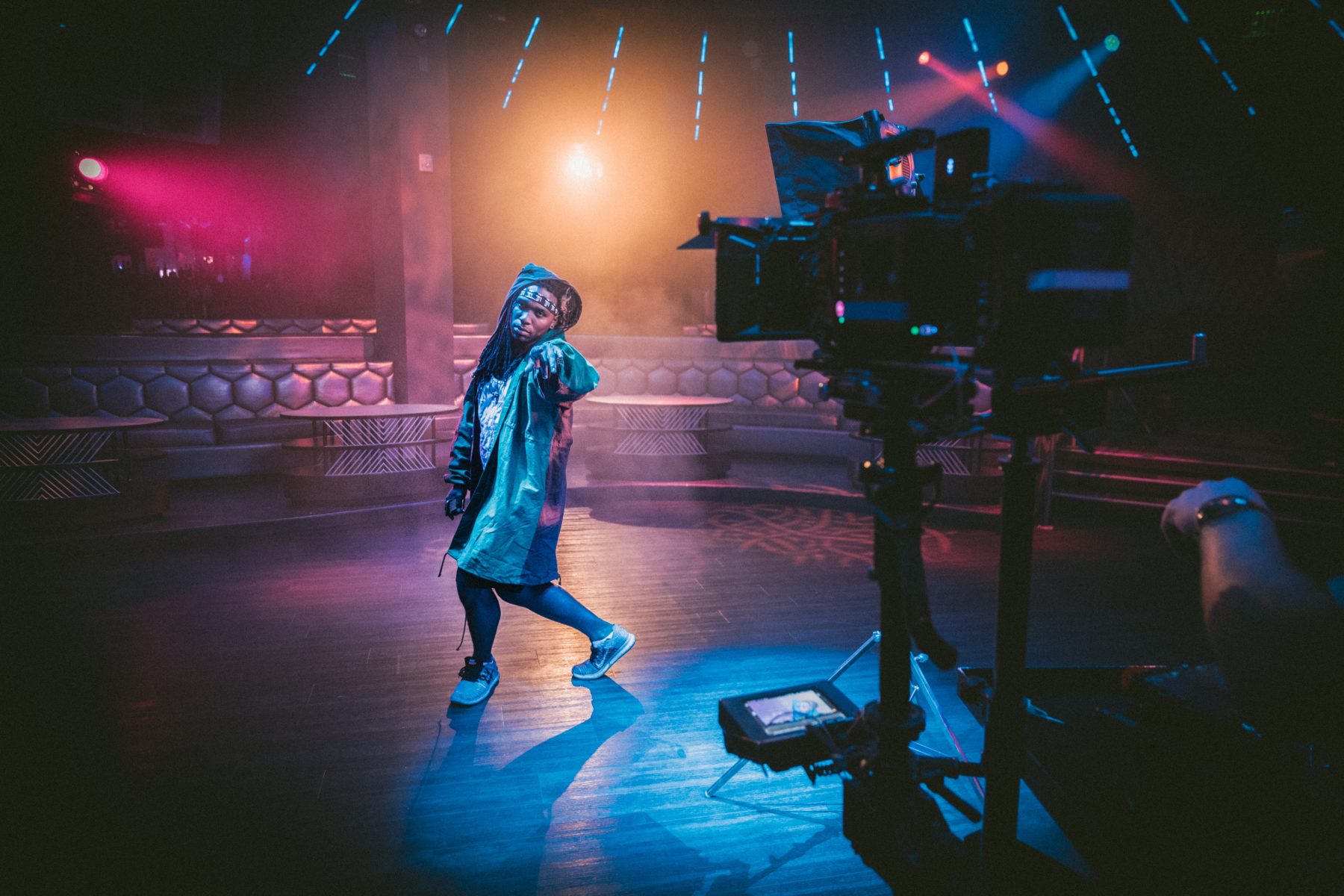The Video Impact
Video is a lucrative medium to garner attention from people. As human beings, we all love stories. Hence, when a production house in Singapore produces a video with great visual storytelling, it is likely to achieve a breakthrough in impressions. As most people talk about the video, it is likely to lead to an increase in sales (from people curious after watching the video) or achieving the campaign’s objective (such as fewer accidents as videos about drunk driving gets circulated and viral).

Three Phases in Video Creation
When it comes to
video production in Singapore, there are usually three phases in creating a good video. Every video production company in the world will go through the same process as there’s no way you can skimp on these phases to create a good video. The phases are:
- Pre-Production (Where planning and casting takes place)
- Filming (Taking the video shots)
- Editing (Post-processing videos to make it look better)
Phase 1 – Planning & Pre-production
This is probably one of the most important phases in video production. While it’s all sunshine and rainbow in watching the video, a lot of the work actually goes into the pre-production phase. This is where objectives are established, budgets are set and casting is done. The
production house in Singapore will liaise with the client, trying to understand what the client is trying to achieve.
When all of this is set, the next thing to do in the pre-production phase is to come up with a storyboard. A storyboard is important as it’s the key to filming. This is where all the planning for the location, the composition, and the script are done. If the client is shooting a backdrop where it is impossible to achieve, either due to geographical or budget constraints, then computer-generated imagery (CGI) may be needed. A storyboard not only helps the filming phases, but also the editing team who’s going to edit the videos to get the look and feel the client needed.
Phase 2 – Filming & Recording
The second phase involves recording and filming the contents based on the storyboard planning in Phase 1. This is where all the safety briefing, equipment procurement and traveling to the location takes place. Due to the nature of the filming process and the expensive equipment, the crew usually has to sign in/off the equipment. This is to eliminate the risk of equipment loss, which can lead to thousands or hundreds of thousands of dollars.
The filming crew usually are aware of their roles and responsibilities. Then there is a crew hierarchy where the team can consult on when there’s an issue with their roles. For example, the person liable for lightning and sound will alert the directing person when there’s an equipment failure or there’s not adequate light.
All filming data are usually recorded to a central data storage which is then replicated to multiple backups. The purpose of doing is to avoid a single point of failure, which could be caused by hardware failures or theft.
Phase 3 – Editing & Raw Power
The final phase in video production is usually editing. In phase 2, all content shooting takes place and is recorded in RAW format. RAW footages, as the name implies, are contents with a lot of information but requires editing to get the look and feel the client requires. Without editing, these RAW footages do not pass the professional standard.
The editing team usually uses a mix of professional video software such as Final Cut Pro (Mac OSX) or Adobe Premiere to edit the contents. The edited contents are then sent over to the client for a preview before they get back for a final edit based on the feedback given.
Conclusion
The above are the basic phases when it comes to video production in Singapore. Now, you should have a good understanding of the video production process that goes inside a production house in Singapore.

